syzygium buxifolium bonsai care
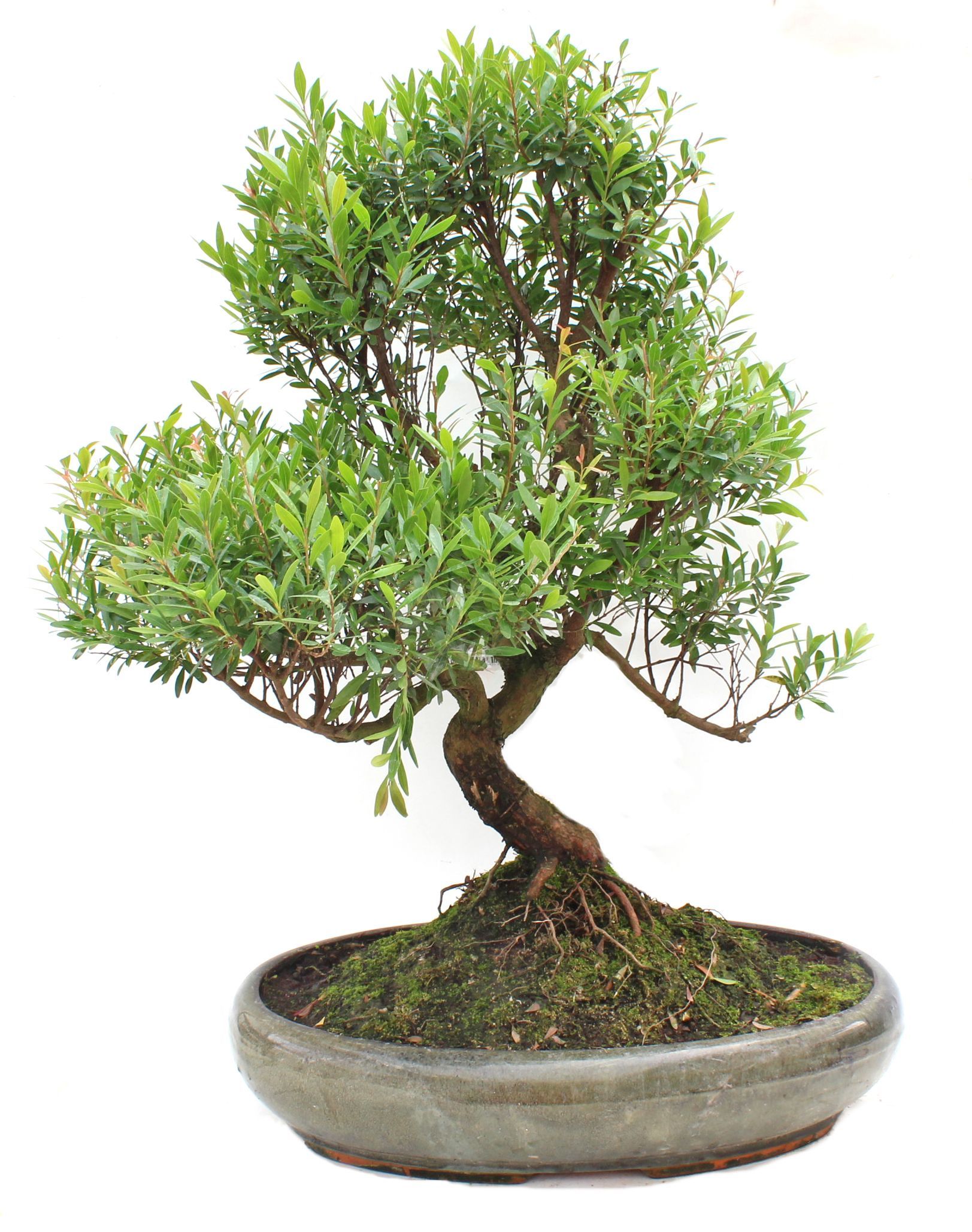 Syzygium Sp. | Indoor bonsai data sheet | Mistral Bonsai
Syzygium Sp. | Indoor bonsai data sheet | Mistral BonsaiCare instructions - BONSAI cherry brush BOY OF NEW YORKbonsaiboy.com CHERRY BRUSH (eugenia 'myrtifolia') Cepillo Cherries have an abundant nature that makes them ideal for bonsai. Also called Syzygium Paniculatum, the Cherry of Australian Cepillo has small green and very pretty leaves that are firm and bright and the flowers are white. If you receive enough light, the leaves will develop red aspects. When placed in an appropriate environment Cepillo Cherries form a small cream color ball that later opens in a beautiful flowering of the star and beautiful berries. With some simple guidelines your Brush Cherry bonsai can be cultivated without difficulty. How to take proper care of your inner Bonsai tree Bonsai is the reproduction of forms of natural trees in miniature. This art form has its origin in Japan and China where it has been practiced for centuries. Bonsai they grow in pots and depend entirely on you for your care. With proper care, your bonsai will remain healthy, beautiful and miniature For many years. As your bonsai is a living miniature tree, it will increase beauty as it matures over the years. The instructions below are: only the basic and therefore we recommend that you buy one of the many good books available on the subject. PLACEMENT SPRING, SUMMER & FALL The Cepillo cherries will thrive in high-light interiors and appreciate it being kept outdoors during spring and summer. When night temperatures drop below 45 degrees, we suggest you place the tree in a window or on a table in front of one. PLACEMENT WINTER Once the night bass begin to approach the 40-degree mark, it is time to bring your inner bonsai. The ideal indoor location is in a south-facing window chair. An exhibition east or west is the second best. An exposure to the north will work, but you will need the use of "growth light" to provide enough light to keep your bonsai healthy. Four to six hours of sunlight per day should be enough. If you can provide more, so much better. WATER The irrigation of your bonsai must never be neglected. Apply the water before the soil appears dry - never allow the soil to dry completely. It's a good idea to use a moisture meter until you know the requirements of your bonsai tree. The water should be applied until you begin to get out of the holes at the bottom of your pot. It doesn't really matter "how" to water your tree, but rather than when the tree ends it has been well watered. HUMIDITY During the cold months, when your bonsai is inside, we recommend placing it on in a shallow tray full of a gravel layer with added water. This provides extra humidity around the tree while the water evaporates and reduces the amount of humidity lost to modern heating systems. FERTILIZING Fertilizing is also necessary if your bonsai is to stay healthy and beautiful. Since your bonsai is growing in such a small amount of soil it is necessary to periodically replenish the supply of soil nutrients. Any general purpose Liquid fertilizer will do well and is available in most garden centers. We suggest that fertilizers are used at half of their recommended strength. Fertilizer must applies at least once a month, except during the winter. Your bonsai too respond well to foliar feeding, with a water-soluble fertilizer applied each another month like a spray. TRAINING This brief explanation of basic care does not cover training. Training practices with the art of bonsai and must be thoroughly understood before committing - or he went to a pro. However, most of the true bonsai trees found they have already passed through their training period, so they are only required periodically trim and pinch to stay in miniature. TRIMMING & PINCHING Trimming and pinch keep their tree miniature. Pinch and trim the new growth to the safest point. All new growth must never be eliminated. A little should be left to sustain the health of the tree. Tropical and subtropical the trees used for bonsai will require periodic drilling and cutting throughout the year. Since different trees grow at different rates, it is necessary evaluate the growth rate of each tree and adjust your cut and pinch to accommodate him. REPOTING Repotting must be done periodically in all bonsai when your root system He filled the pot. The reasons for repotting are to supply your tree with fresh soil, and to promote a more compact root system. As a rule, more deciduous trees require repotting every two or three years, while the trees always to be repotted every four or five years. Since trees grow at different rates, this schedule will not always remain faithful, therefore you must examine your the tree root system every year to determine whether it has become pot-bound. In most cases, the potting process is easy and safe if done properly and at the right time of the year. The replacement should be done in the middle of the summer. The tree, along with all its soil, it must be removed from the pot. The exterior and the background Most of the root mass of the tree must be removed. This is done by raking the ground away, then rotting the roots. In most cases, it's not good More than a quarter of the root mass of the tree. After this, the tree can be placed back in your original pot or in another. The pot should have screen placed on the drain holes. Then a thin layer of the small gravel is placed at the bottom of the pot for drainage purposes. About this gravel the new fresh ground is placed. Place a well removed soil layer that is sufficient enough to elevate the tree to its previous height in the pot. After placing the tree back in the pot, the area left vacant by the rotten root mass be full of fresh ground. This fresh soil should be worked around and under the root mass so that the air pockets are not released. Later. repotting, your bonsai must be completely watered. This can be achieved dipping the whole pot into a water bath. Moss or other land cover can be used to cover the surface of the pot to help prevent soil erosion from irrigation. INSECTS " DISEASES As your bonsai is a miniature tree, it can be treated for insects and diseases like any other tree. If you discover any insect or disease, visit our website where you can get the necessary products eliminate the problem. Bonsai Specials Trees of Bonsai Bonsai & Favors Gifts Bonsai accessories Bonsai in other ways Help Bonsai Customer Service Your Satisfaction is guaranteed Order online or call 1-800-790-2763 Order online or call 1-800-790-2763 / / / / / / / / / / / / / / Your Satisfaction is guaranteed! Registration Your shopping cart
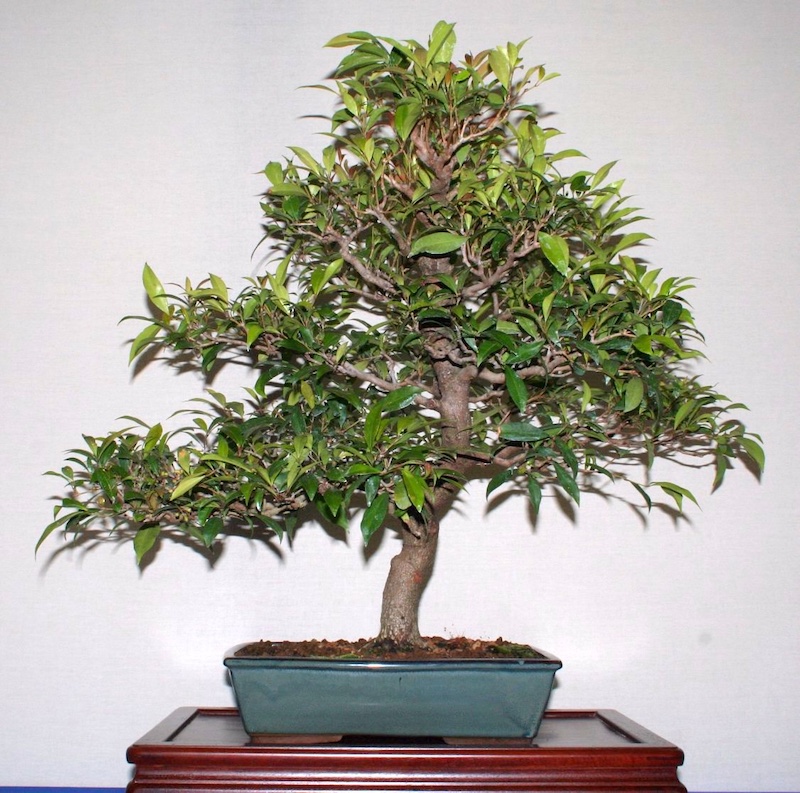
Brush Cherry (Eugenia myrtifolia / Syzygium) - Bonsai Empire
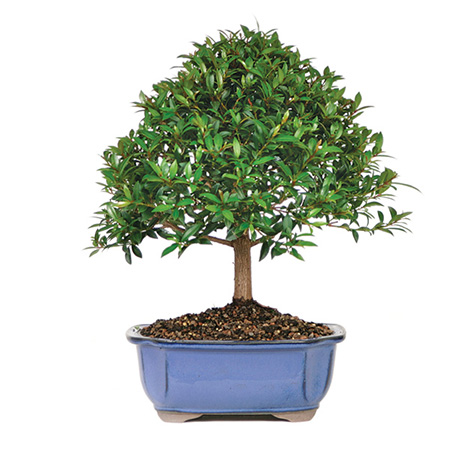
Brush Cherry Bonsai Care

Syzygium Bonsai Tree Care - bonsai tree

New Syzygium Bonsai (Pruning and Wiring) - YouTube

Syzygium Bonsai Tree Care - bonsai tree

Stunning Flowering Oriental Myrtle (Syzygium Buxifolium) indoor bonsai

Orchard Style Myrtle indoor bonsai

Syzygium Bonsai, More Pruning And Wiring - YouTube
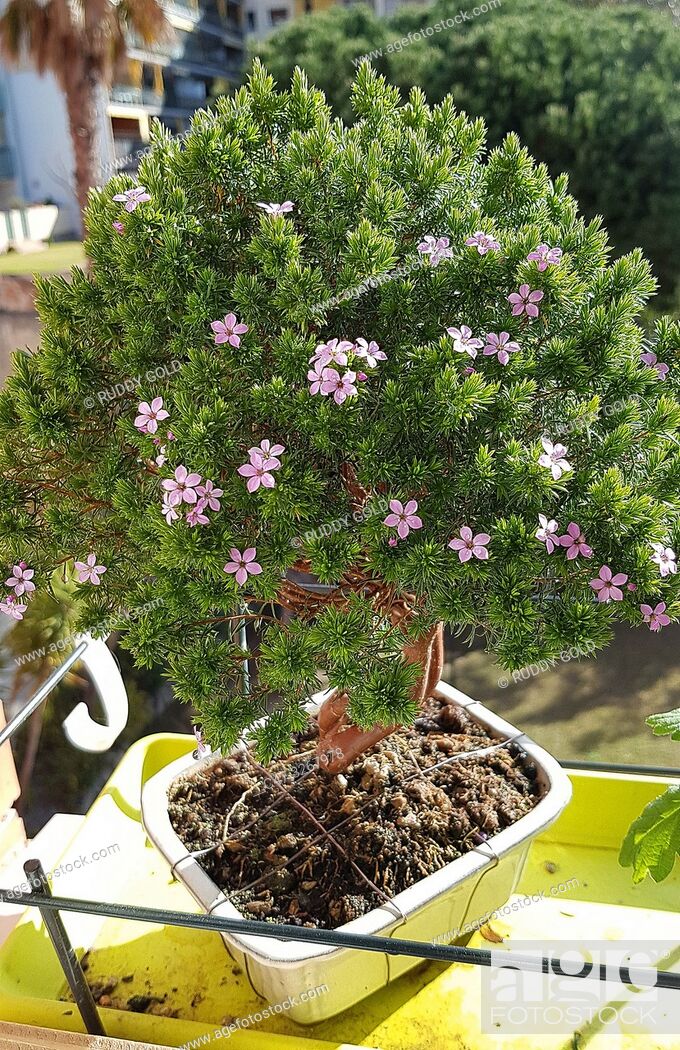
Syzygium buxifolium (Myrtaceae) bonsai. Syzygium bonsai are well suited as indoor bonsai, Stock Photo, Picture And Rights Managed Image. Pic. C47-3267978 | agefotostock

Syzygium Bonsai Tree Care - bonsai tree

Bonsai Syzygium-Pollice Verde Store bonsai online

Stunning Flowering Oriental Myrtle (Syzygium Buxifolium) bonsai
Syzygium Bonsai Tree Care - bonsai tree

Spectacular Flowering Oriental Myrtle (Syzygium Buxifolium) Bonsai Tree

Syzygium buxifolium bonsai in boat shape pot – Noah Garden Centre

Syzygium Buxifolium indoor/outdoor bonsai tree gift set (20cm): Amazon.co.uk: Garden & Outdoors

Syzygium Bonsai Tree Care - bonsai tree

Bonsai Syzygium buxifolium in ceramic pot – Noah Garden Centre

Syzygium Small Leaves Shohin Bonsai - YouTube

Bonsai Syzygium buxifolium - Woon Leng Nursery

Syzygium Buxifolium indoor/outdoor bonsai tree gift set (20bcm): Amazon.co.uk: Garden & Outdoors

Syzygium buxifolium bonsai in boat shape pot – Noah Garden Centre

Syzygium Bonsai Tree Care - bonsai tree

Syzygium buxifolium bonsai in boat shape pot – Noah Garden Centre

Chamaecyparis Bonsai Care - Bonsai Gardening Tips
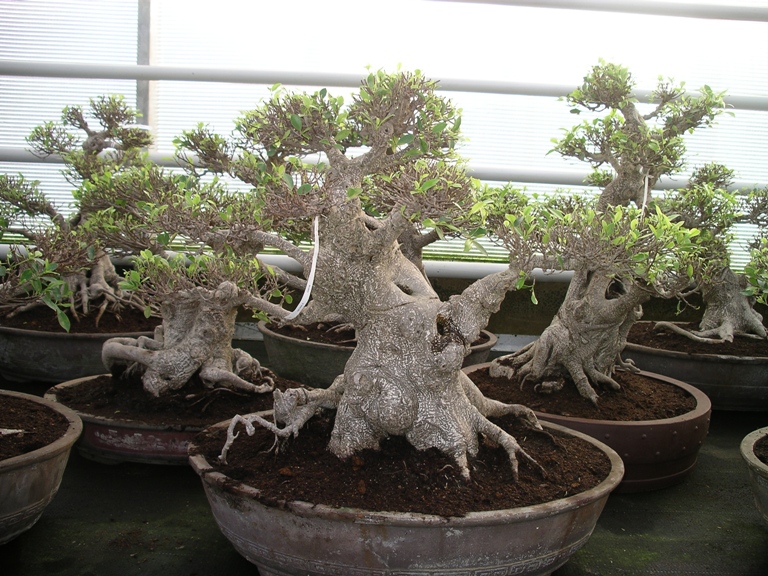
Tropical bonsai trees (Indoor bonsai) - Swindon & District Bonsai
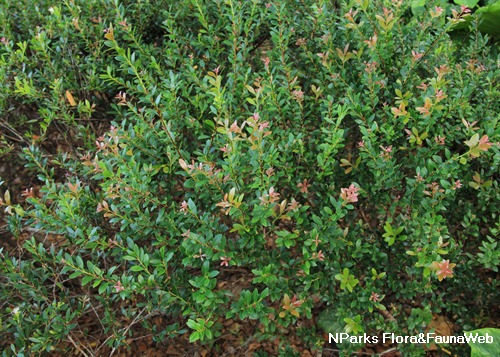
Syzygium buxifolium Hooker & Arnott

Spectacular Twin Flowering Oriental Myrtle (Syzygium Buxifolium) Bonsai

Bonsai Trees For Beginners Singapore - How To Care For Small Bonsai Trees

Syzygium buxifolium

Bonsai Tree Care Watering - Bonsai Gardening Tips
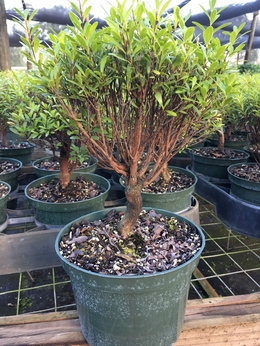
Syzygium Bonsai Tree - bonsai tree

Bonsai Syzygium buxifolium - Woon Leng Nursery

Hoka-En webshop Bonsai Syzygium gift set bonsai nursery and webshop
Devon Bonsai – Springfield Bonsai Nursery
350 Year Old Bonsai - Drone Fest
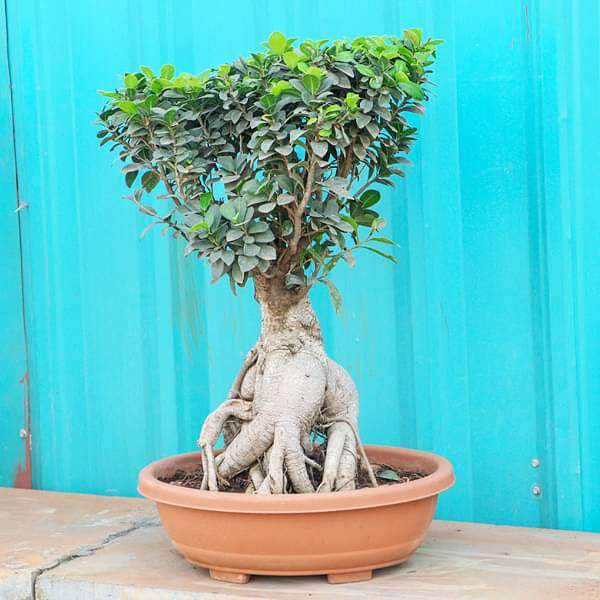
Buy Bonsai Tree & Plants Online In India, 2-5 Days Delivery

Elagant Flowering Oriental Myrtle (Syzygium Buxifolium) Bonsai Tree
Syzygium Buxifolium Help - Brown Leaves | Bonsai Nut

Tropical bonsai trees (Indoor bonsai) - Swindon & District Bonsai
Posting Komentar untuk "syzygium buxifolium bonsai care"